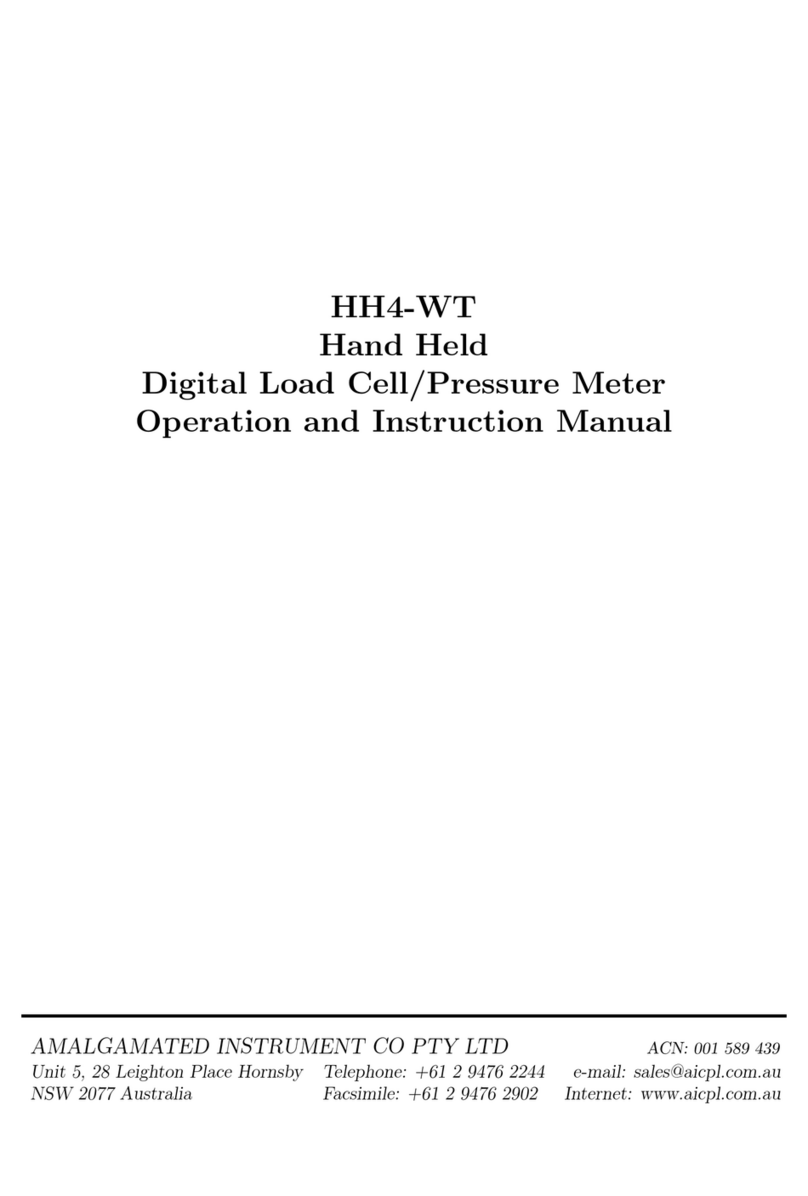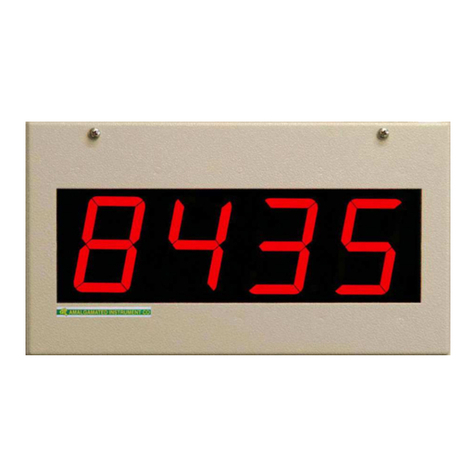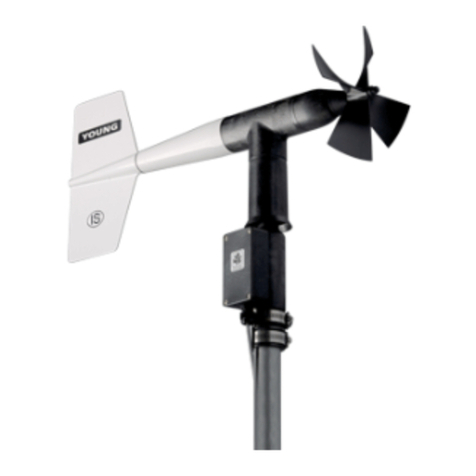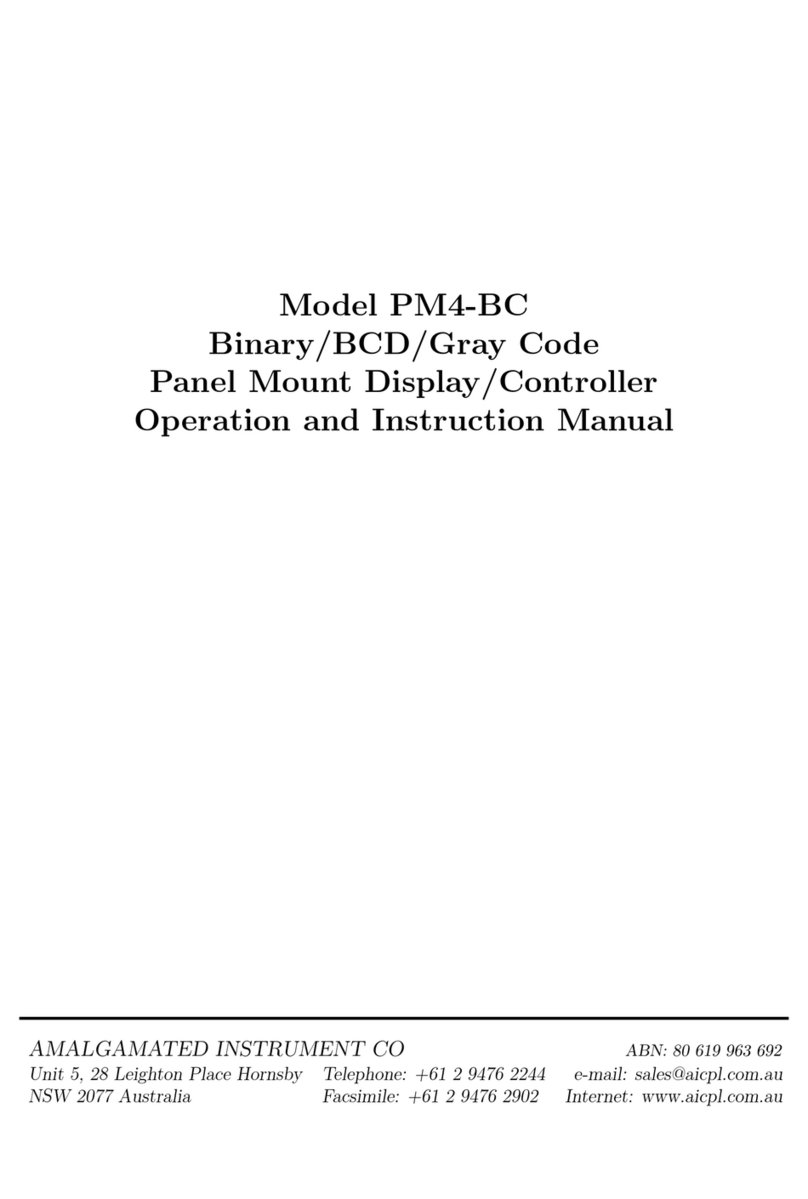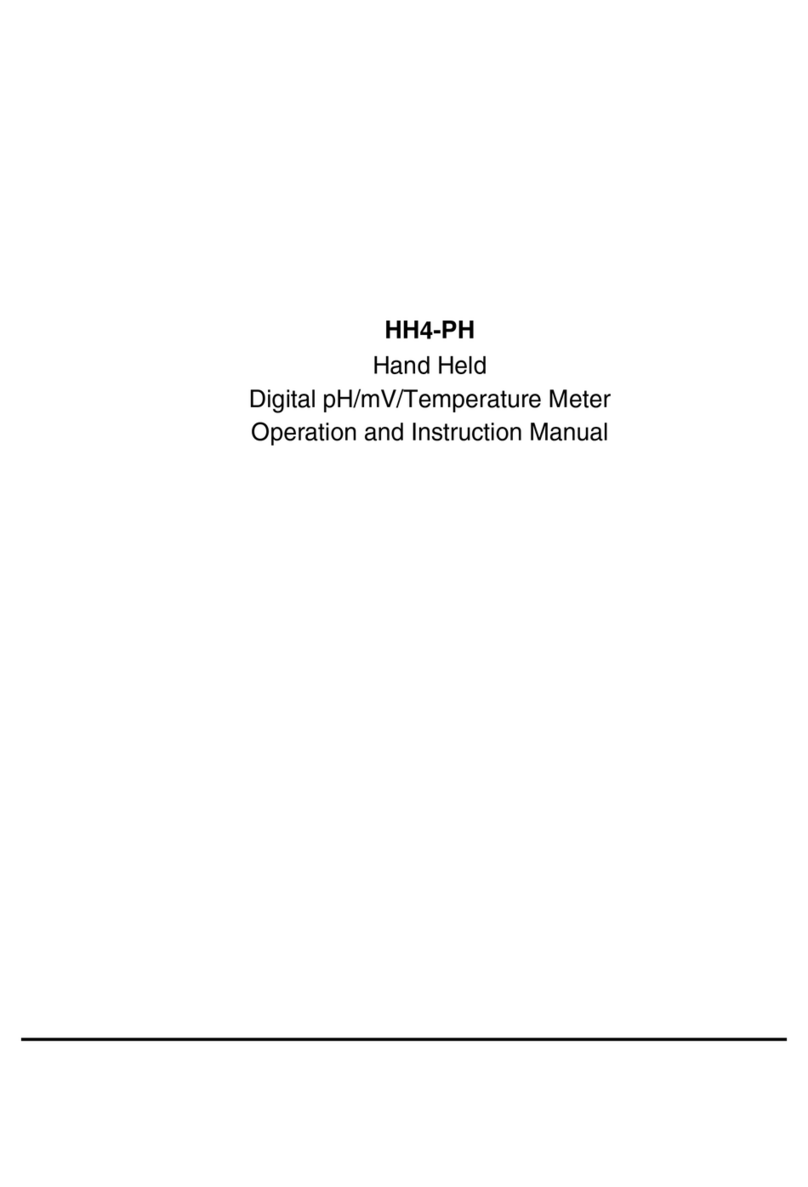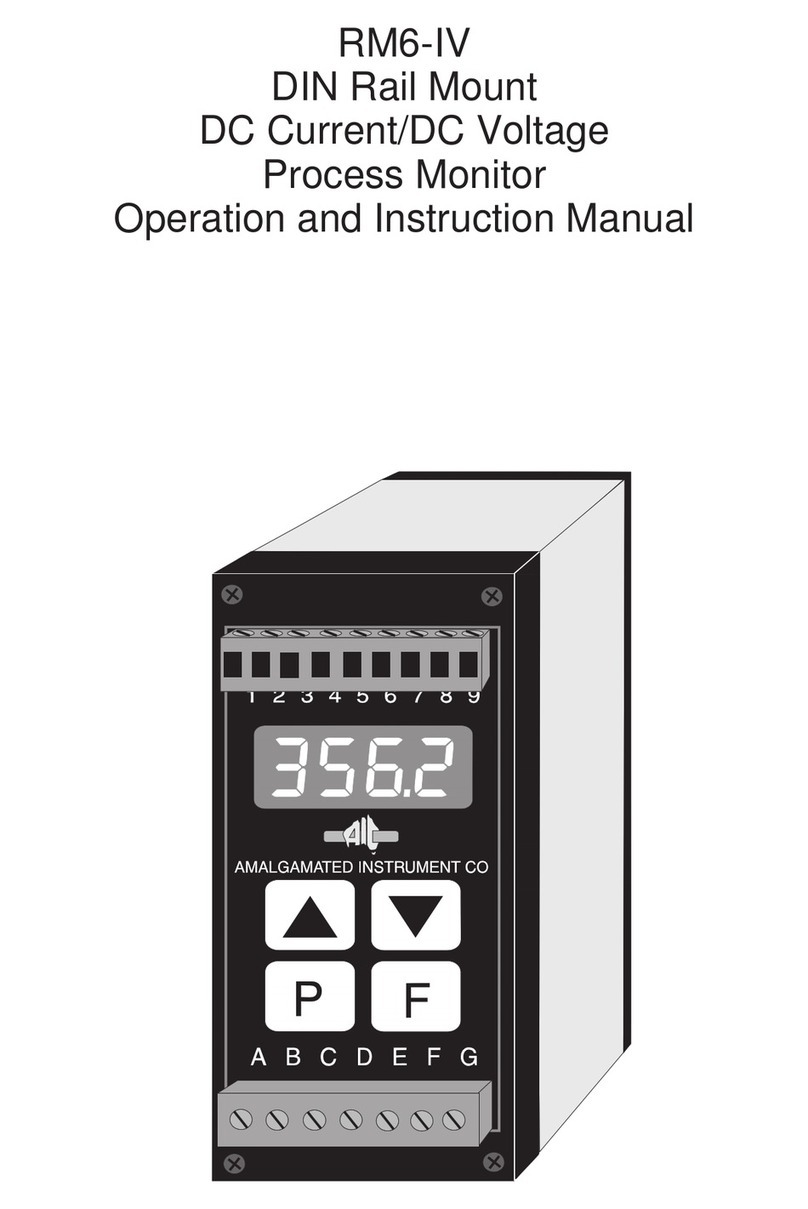
1 Introduction
1.1 General description
This manual contains information for the installation and operation of the RM4-FX Monitor. The
instrument operates as a frequency/ratemeter/tachometer and will accept pulse inputs from a
wide range of input types. The instrument can be scaled to read in any process units e.g. R.P.M.,
Litres/min etc. All function setup and scaling is accomplished via the front pushbuttons. Input
sensor selection is accomplished via link settings. In “low frequency” mode (input less than 1kHz)
the user has the choice of displaying the rate or the period of the input waveform. Also in this mode
a “timeout” function allows the display of very low frequency inputs without the alternate display
of an actual reading followed by a zero reading often seen in instruments without this feature. An
“averaging” mode allows the display to indicate the average rate over a user selectable (1 to 9999)
number of seconds.
Unless otherwise specified at the time of order, your RM4 has been factory set to a standard
configuration. Like all other RM4 series instruments the configuration and calibration is easily
changed by the user. Initial changes may require dismantling the instrument to alter PCB links,
other changes are made by push button functions. Full electrical isolation between power supply,
input voltage or current and retransmission output is provided by the RM4, thereby eliminating
grounding and common voltage problems. This isolation feature makes the RM4 ideal for interfacing
to computers, PLCs and other data acquisition devices.
The RM4 series of DIN Rail Process Modules are designed for high reliability in industrial appli-
cations. The 5 digit LED display provides good visibility, even in areas with high ambient light
levels. A feature of the RM4 is the programmable display brightness function, this allows the unit
to be operated with low display brightness to reduce the instrument power consumption and to
improve readability in darker areas. To reduce power consumption in normal use the display can
be programmed to automatically dim or blank after a set time.
Unless otherwise specified at the time of order, your RM4 has been factory set to a standard
configuration. Like all other RM4 series instruments the configuration and calibration is easily
changed by the user. Initial changes may require dismantling the instrument to alter PCB links,
other changes are made by push button functions.
Full electrical isolation between power supply, input voltage or current and optional retransmission
output is provided by the RM4, thereby eliminating grounding and common voltage problems.
This isolation feature makes the RM4 ideal for interfacing to computers, PLCs and other data
acquisition devices.
The RM4 series of DIN Rail Process Modules are designed for high reliability in industrial appli-
cations. The 5 digit LED display provides good visibility, even in areas with high ambient light
levels. A feature of the RM4 is the programmable display brightness function, this allows the unit
to be operated with low display brightness to reduce the instrument power consumption and to
improve readability in darker areas. To reduce power consumption in normal use the display can
be programmed to automatically dim or blank after a set time, the display will return to its normal
brightness level if any of the pushbuttons are pressed or if an alarm relay is activated.
RM4FXMAN-2.0-0 3 of 35
